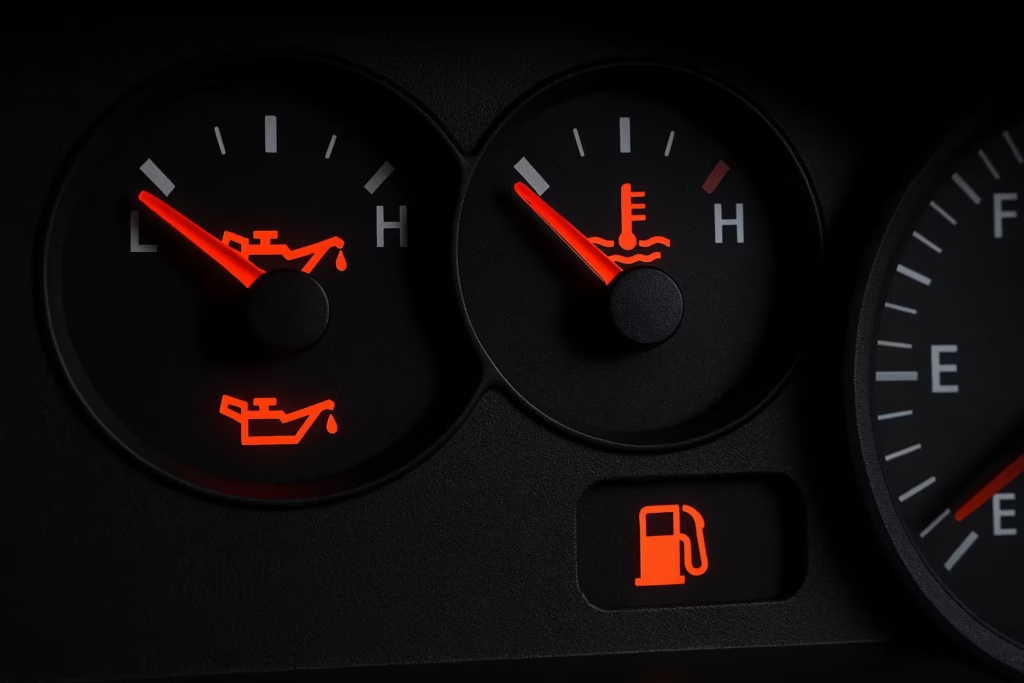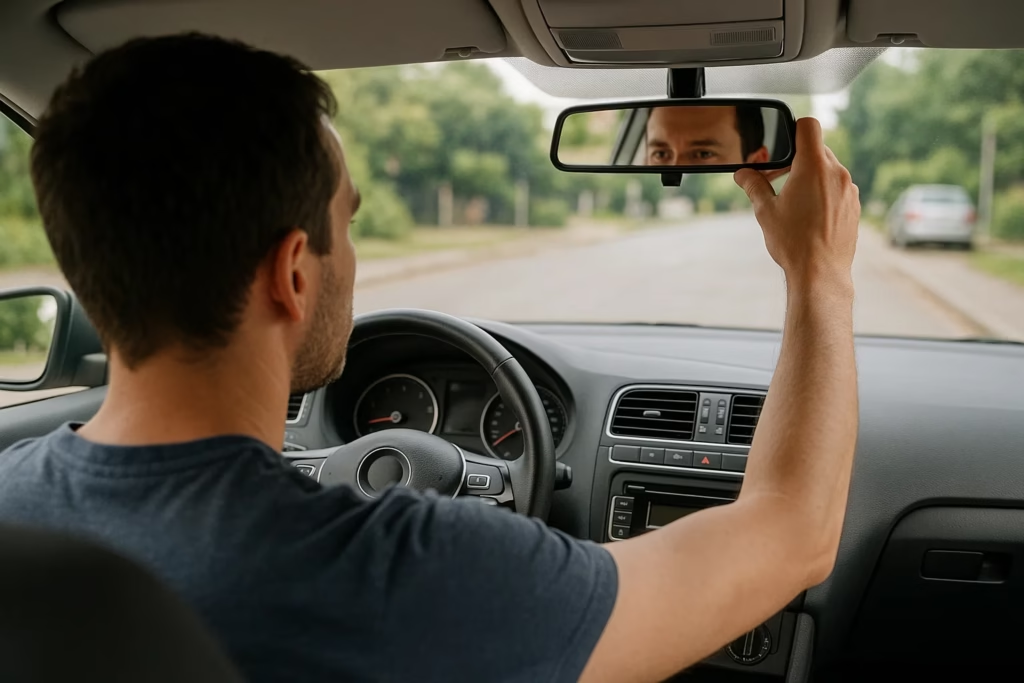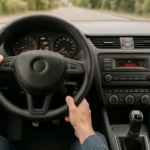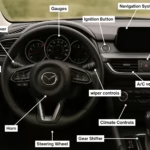Starting a car might seem simple you turn the key or press the button, and the engine comes alive. But if you are new to driving, you’ll quickly notice there’s more to it, especially with a manual transmission car. Learning the correct steps is important, not only for your confidence but also for your car’s health and safety on the road.
This guide will walk you through how to start a car correctly, whether it’s a manual or automatic, step by step. By the end, you’ll know exactly what to do when you get behind the wheel for the first time.
Why Starting a Car Correctly Matters
Prevents stalling in manual cars.
Keeps your engine and clutch in good condition.
Makes you feel more confident and relaxed during driving lessons.
Ensures you follow safety rules before moving off.
How to Start a Manual Car
If you are learning to drive a manual car, this is one of the first skills your instructor will teach you.
Step-by-Step Guide
Check the Gear and Handbrake
Make sure the gear stick is in neutral. Your handbrake should be pulled up to stop the car from rolling.Press the Clutch Pedal
Always press the clutch fully before turning the key. This prevents the car from jumping forward if it’s in gear.Turn the Key or Press Start
Turn the ignition key or press the start button. The engine should come alive smoothly.Check Dashboard Lights
Look for warning lights. If something stays red, do not move off until it’s solved.Prepare to Move Off
Press the clutch and select first gear.
Slowly release the clutch until you find the biting point.
Release the handbrake while gently pressing the accelerator.
Move Off Smoothly
Keep your eyes on the road, check mirrors, and move off without stalling.
How to Start an Automatic Car
Automatic cars are easier to start, but there are still steps you must follow.
Step-by-Step Guide
Check the Gear Lever
Ensure it is in P (Park) or sometimes N (Neutral).Press the Brake Pedal
Most automatics require you to press the brake before starting.Turn the Key or Push Start Button
Start the engine while keeping your foot on the brake.Check Dashboard Lights
Make sure no red warning lights remain on.Select Drive (D)
With your foot still on the brake, move the gear lever to D.Release Handbrake and Move Off
Slowly release the handbrake, take your foot off the brake, and gently press the accelerator.
When Not to Start a Car
There are times when you should avoid starting the engine:
Strong warning lights (like oil pressure or engine temperature).
Low fuel (could damage the fuel pump).
Unusual smells or sounds under the bonnet.
In such cases, it’s best to call a mechanic.

Common Mistakes Beginners Make
Forgetting the Handbrake → The car may roll backward.
Not Pressing the Clutch (Manual) → Causes stalling.
Accelerating Too Hard → Wastes fuel and may damage the engine.
Skipping Safety Checks → Mirrors and blind spots are always important.
Tips for Starting Without Stalling (Manual Cars)
Always press the clutch fully before starting.
Practice finding the biting point gently.
Give the engine a little gas (acceleration) before lifting the clutch.
Stay calm—stalling happens to every beginner!
Safety Checks Before Moving Off
Adjust your seat and mirrors.
Fasten your seatbelt.
Check surroundings: mirrors, blind spots, pedestrians, and cyclists.
Signal if needed.
Safety first, always.

Learning how to start a car correctly is one of the first and most important steps in your driving journey. Once you master it, you’ll feel more relaxed, avoid stalling, and build confidence for the road ahead.
Whether you’re starting a manual car with the clutch and gears, or an automatic car with its simple “brake and drive” process, always remember:
Stay calm
Follow the steps
Put safety first
With practice, starting your car will become second nature—just like riding a bike.
Discover more from SMOOTHSTEERING
Subscribe to get the latest posts sent to your email.




Pingback: First Time Behind the Wheel – Get to Know Your Car
Pingback: Basic Clutch Control for Beginners (Manual Cars)